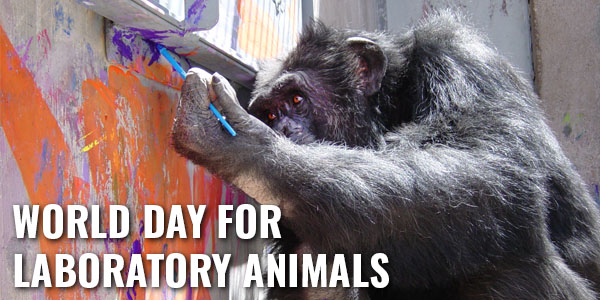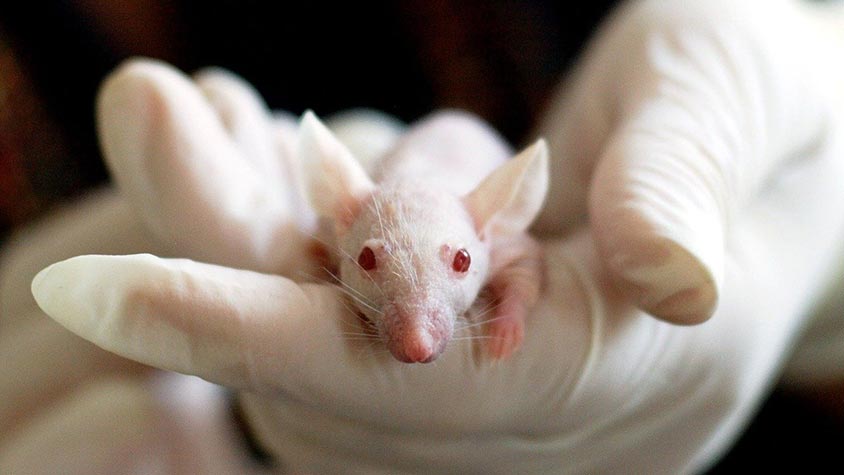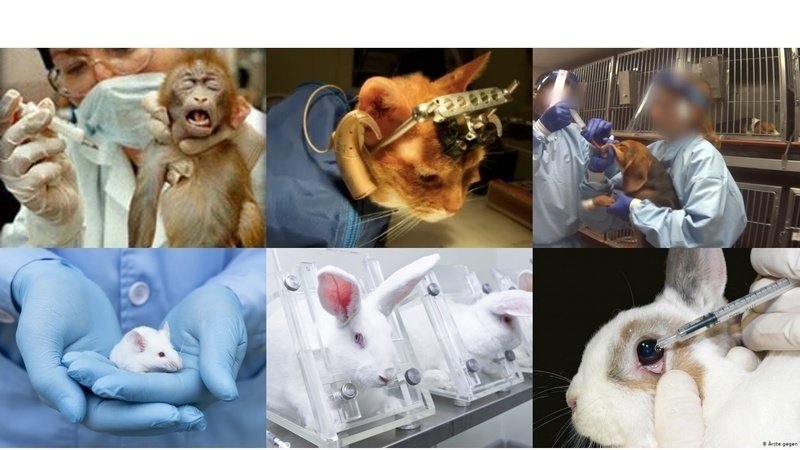Every year April 24 is observed as World Day for Laboratory Animals to raise awareness about laboratory animals. Laboratory animals means the animals which are used for testing of different products, chemicals, medicines and experiments for human wellness.
According to a Humane Society International report, every year nearly 115 million animals are used for animal testing worldwide and most of them are killed at the end of experiments. These animals go through various horrible testing methods such as, forced feeding, forced inhalation of toxins, injection of chemicals into skin, ear notching, tail clipping, shock treatments, behavioral experiments, neck breaking, food and water deprivation and many more. Mice, rabbits, dogs, cats, monkeys and pigs are among the most common animals used for testing worldwide.
Origin of World Day for Laboratory Animals
World Day for Laboratory Animals was created in 1979. April 24 was selected for this day by National Anti-Vivisection Society (NAVS) in honor of Hugh Dowding. He was a staunch anti-vivisectionist and also the former president of NAVS along with his wife Muriel, who was also a NAVS council member. This international day is recognised by the United Nations and now marked in every continent by anti-vivisection. The first protest under World Day for Laboratory Animals was organized in 1980 in the USA by Ingrid Newkirk, founder of People for the Ethical Treatment of Animals (PETA).

Significance of World Day for Laboratory Animals
To spread awareness: This day was created to spread awareness about laboratory animals and their suffering. This day also talks about the ethical and moral issues surrounding using voiceless animals for lab testing.
Promote alternative methods of testing: To reduce the animal use for testing and promoting alternative and more effective methods of testing such as computer modeling, tissue testing and vitro studies is also one of the aims behind this day.

Advocating animal welfare: This day aims to minimize the suffering of animals by asking to implement strict laws and regulations.
Empowering scientific innovations: By reducing the animal and promoting the alternative methods this day supports and encourages the science innovations by adopting more reliable and advanced methods for ethical experiments.
Issues highlighted on World Day for Laboratory Animals
Welfare of Animals: This day highlights the suffering and problems faced by the laboratory animals and also concerns about their well-being during experiments which includes housing, treatment and care.
Ethical issues: Many animals being used for testing in different sections of the world, even after availability of alternative and more effective methods is becoming the topic of debate.
Effectiveness and scientific validity: Body systems of animals and humans work totally differently despite having some similarities and this sparks questions about animal testing and their relevance in predicting human response to drugs and diseases.

Strong law enforcement: Calls for stronger regulatory framework and its enforcement to ensure ethical and responsible conduct of experiments on animals.
Global contribution: Many small and large organizations around the world are working for the well-being of animals. They are working to stop or at least reduce animal testing. These contributions include, fundraising for the research of alternative techniques, making changes in policies regarding animals, making people aware of animal testing.
How can we support World Day for Laboratory Animals?
By promoting their objectives: An individual can support World Day for Laboratory Animals by spreading information about it, by promoting its objectives.
Support animal welfare organizations: We can contribute to reducing the suffering of lab animals by supporting animal welfare organizations, NGOs who actually work for such animals and also by donating some amount of money.
Using cruelty-free goods : Using animal testing free products and promoting cruelty-free products can largely impact on production of goods and it can also discourage companies from producing such goods.




1 Comment
Pingback: Orangutan in Indonesia Spotted Treating Wound With Medicinal Plants for the First Time - INPAC Times